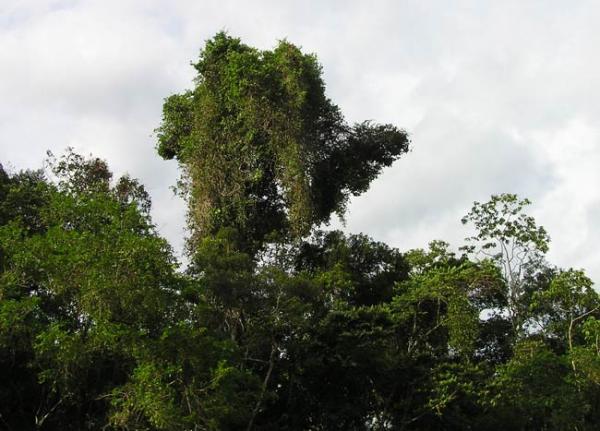What is a Carbon Sink?

You won’t find it in your kitchen or bathroom: Carbon sinks are natural systems that suck up and store carbon dioxide from the atmosphere.
As our planet warms as a result of human-caused climate change, such carbon sinks will become ever more important, as they work to keep heat-trapping gases out of the atmosphere. However, climate change may also be weakening the power of the planet's most important carbon sinks, research has found.
The main natural carbon sinks are plants, the ocean and soil. Plants grab carbon dioxide from the atmosphere to use in photosynthesis; some of this carbon is transferred to soil as plants die and decompose.
The oceans are also a major carbon storage system for carbon dioxide. Carbon dioxide spewed into the air by our factories and cars can sink into the ocean. Once there, marine animals take up the gas for photosynthesis. Some of the carbon dioxide dissolves in sea water.
“Combined, the Earth’s land and ocean sinks absorb about half of all carbon dioxide emissions from human activities,” Paul Fraser, a former climate researcher at the Commonwealth Scientific and Industrial Research Organization in Australia, told Live Science.
But these sinks, critical in the effort to soak up some of our greenhouse gas emissions, may be stopping up. As deforestation of the Amazon worsens, we are approaching a "tipping point" at which the planet's largest rainforest may transofrm into a savanna, Live Science previously reported. Human-induced weather changes are also causing the oceanic carbon dioxide "sponge" to weaken, a new study led by Fraser and detailed in the May 18 issue of the journal Science found.
Scientists are looking for ways to help nature along by devising ways to artificially sequester, or store, carbon dioxide underground. For instance, some companies are looking for ways to store carbon deep underground, in the pores in rocks, according to the Environmental Protection Agency.
Sign up for the Live Science daily newsletter now
Get the world’s most fascinating discoveries delivered straight to your inbox.
However, such methods are still in their infancy.
Follow Life's Little Mysteries on Twitter @llmysteries. We're also on Facebook & Google+.

Andrea Thompson is an associate editor at Scientific American, where she covers sustainability, energy and the environment. Prior to that, she was a senior writer covering climate science at Climate Central and a reporter and editor at Live Science, where she primarily covered Earth science and the environment. She holds a graduate degree in science health and environmental reporting from New York University, as well as a bachelor of science and and masters of science in atmospheric chemistry from the Georgia Institute of Technology.









